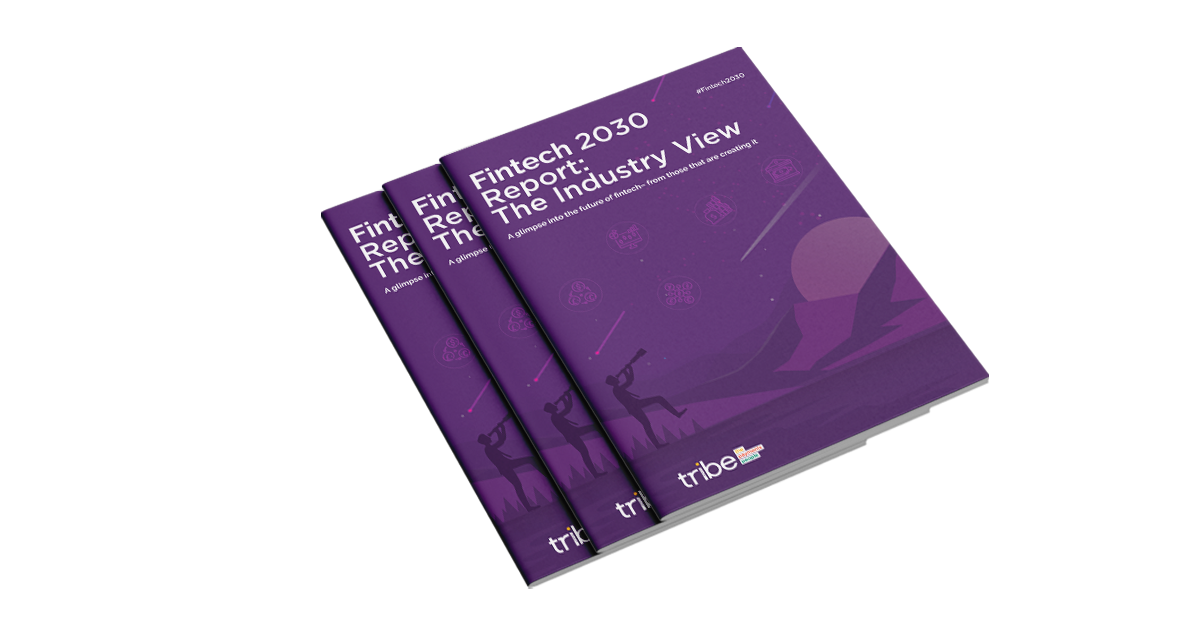Branchless, cardless, subscription-based banking will be an everyday reality for all
In 2030, branches and physical cards will become a thing of the past as digital banking becomes standard practice, says Alex Weber, Chief Growth Officer at N26
The COVID-19 pandemic has accelerated fintech disruption. In a matter of months, we’ve seen a transition that in many markets would normally have taken years. This is just the beginning. The industry will look vastly different in the next decade. There will be three key changes to retail banking:
- Banks will likely have less than half as many bank branches as they do today
- Mobile payments will be the global standard, and payment cards will disappear
- Modern subscription models that save money and increase flexibility will be the modern alternative to the bank accounts we’ve lived with for decades.
Branch-based banking will look radically different
Today, just about every service provided at an everyday retail bank branch can be accessed online. From savings to loans and overdrafts to investments, customers have a range of digital alternatives to manage their money without ever setting foot in a brick-and-mortar branch. 7 in 10 millennials today would rather visit the dentist than their local bank branch, we can only expect that this number will continue to grow.
The case for branchless banking is compelling. In Germany, an average bank branch requires roughly between 500,000 to 1,000,000 euros in operating costs per branch per year.
Already, major banks in Germany, the UK, the US and many other global financial hubs have shuttered tens of thousands of branches in their networks in the last two years alone.
With even fewer customers visiting a branch due to health concerns, we can only expect bank branches to lose relevance even more quickly than before.
N26’s branchless network means that our cost base is just one sixth that of incumbents, we expect many others will shift towards this model.
Across Europe, we predict that more than 50% of bank branches open today will disappear - with the remaining ones evolving in their role and purpose. Instead of everyday banking services, branches in future will likely move towards value-added services like private banking and home loans and mortgages, with the branch experience more focused on service and brand experience - much like today’s flagship retail stores. The way we interact with our bank advisors will change as well.
Bank advisors will continue to play a role, albeit virtually. Technology will allow customers to speak with bank advisors in real time, 24/7. Chatbots and AI-based advisors will make up a large part of these everyday customer interactions, even more than they do so now.
Payment cards will be a thing of the past, and personalisation will reach a new level in banking
With banking apps able to live in your pocket, and mobile payments the global standard, payment cards will become a thing of the past. And personalisation in the future will reach new levels. What today turns a card into an accessory and personal style statement, will in future allow your money and your lifestyle to be fully connected via your bank.
Fuelled by big data, banks will have the opportunity to understand their customers infinitely better by 2030, and make managing money something that’s seamlessly integrated with everyday purchasing habits, travel and entertainment, and even their homes and other devices via the Internet of Things, thanks to open APIs.
Banks will no longer help manage money, but simply fit in seamlessly in empowering people to live the life they choose.
Subscription based models will prove sustainable, and drive incremental customer value
In the past, choosing a bank was almost a lifelong commitment. Today, the rise of fintechs and challenger banks has made it easy for a consumer to break out of this cycle, and instead choose straightforward terms and conditions, a close to instant account setup suited to their needs.
With more and more customers today holding multiple bank accounts, loyalty will matter less than usage - and fintechs look poised to win. According to the Global FinTech Adoption Index 2019 published by EY, 27% of users say that maintenance costs and fees were the main reasons why they abandoned their bank for a fintech.
Replace these fees with a fixed subscription that delivers the services you need, and you have a freemium model and subscription-based banking. This allows customers to approach bank-ing the same way they would their Netflix plan, or mobile phone subscription, giving them the ultimate flexibility to change their plan at any time as their needs evolve. Some of the most powerful industries in the world have revolutionised their sector with a freemium subscription model - Spotify and Amazon, being two leaders.
The latest data suggests that European households spend an average of €130 a month on subscription services. Currently, that figure is only 5% of the average total spending of a household, but the trend is on a growth trajectory. More than 75% of Europeans plan to take out more subscription services on top of their current ones in the future.
Final thoughts
By 2030, the digital banking models of today will not only be mainstream, but way more developed and advanced. Today's pioneers and innovators will have proven both the sustainability of their models, and could take over as the main players of the future. In short, digital banking will not only be bigger and better. It'll be what we know as ‘banking’ in the future.
Read more about the future of fintech by reading our Fintech 2030 Report >






.png?width=137&height=90&name=Payments%20Awards%20(1).png)


.png)